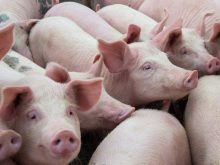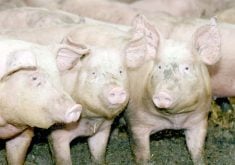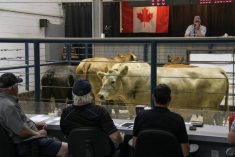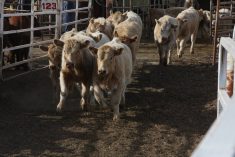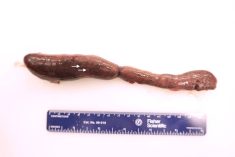Before BSE forced the closure of the U.S. border to Canadian cattle and beef, Cargill Foods’ parent company wondered if it was economical to run a second shift at its packing plant in High River, Alta.
“We were losing money in the month of May when typically May-June are our two best months,” said Bill Rupp, president of Excel Beef and executive vice-president of Cargill Meat Solutions, which processes case-ready and pre-cooked meat and meals for restaurants and food service firms.
As the economic landscape changed after May 20, 2003, the High River plant was included in a $1 billion upgrade for Cargill plants across North America.
Read Also
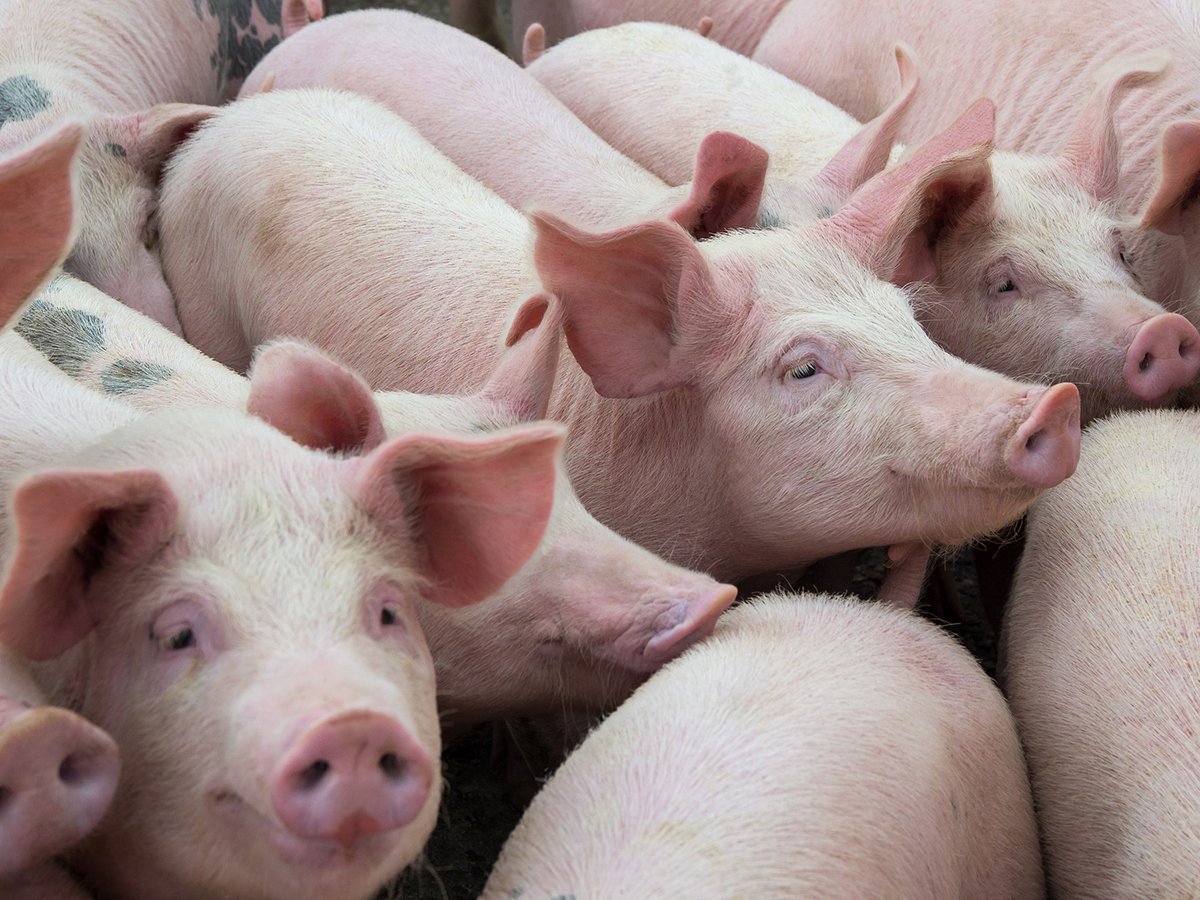
Quebec pork company calls for transparency around gene-edited pigs
Quebec-based pork company duBreton is calling for transparency around meats from gene-edited pigs on concerns that a lack of mandatory labelling will confuse consumers, and dilute certification claims. The organic sector is also calling for labelling rules.
A new kill floor was commissioned for High River, and food safety innovations such as a hide wash to remove harmful bacteria were added.
However, expansions at High River may have peaked because of a labour shortage, which means innovations may come in the form of producing more value-added products rather than killing more cattle, Rupp said.
While Canadian packers enjoyed record profits of nearly $700 per head in 2004 and $350 per head on average this year, American plants have been under economic strain.
The loss of Canadian cattle had little impact on the negative returns, said Rupp.
Some regions experienced a shortfall with no Canadian cattle. A cow plant in northeastern Pennsylvania lost about 30 percent of its slaughter business when it could not buy culls from Ontario and Quebec.
In addition, milk prices in the United States are good so producers are keeping their older dairy cows rather than shipping them to slaughter.
“We went from record earnings in that plant two years ago to a record loss last year and we’re still losing money,” he said.
Another factor has been the cattle cycle. Fewer cattle were available for slaughter because of a contraction of the American herd caused by drought and low prices. It is in an expansion mode now so more cows and heifers are being kept on the farm and unavailable for slaughter.
“If we had had access to Canadian cattle, operating conditions for the packer in the U.S. for the last 18 months would still have been difficult,” Rupp said.
“What we need more than access to Canadian cattle is access to our export markets,” he said. About $100 per head evaporated when the U.S. lost the ability to ship beef and offal to Asia.
Typically Japan and South Korea absorbed low-value product such as tongue for a premium price while in North America there is practically no demand for organ meat.
“I think they will open but we will have to earn our way back in,” he said.
Protect markets
Australia and New Zealand have a strong hold on those markets and will not easily relinquish them.
Nevertheless, Cargill’s goal is expansion and it is more willing to talk about its activities, Rupp said. Silence is often viewed with suspicion and gave rise to protest groups such as R-CALF that have accused the big packers of collusion and unfair buying practices.
“Groups like R-CALF come to be because of the people who didn’t feel their voice and concerns were being heard and so we have to take the blame that organizations like that exist,” Rupp said.
“Just because we didn’t publish our earnings and things like that, it was just easier to be quiet than jump into the frying pan.”
He said it is also time to talk more openly with producers about the kind of cattle the company wants to buy. Cargill feeds less than 10 percent of its own cattle but has special marketing agreements on about 30 percent of what goes through the plant. It hopes to use contracts to obtain better beef for its value-added ventures.
Rupp said Canadian producers need to take heed because their cattle do not always fit the bill.
“The big problem we have with cattle coming in the High River plant is that they are tough. They don’t meet the tenderness objective that we are after.”





